American shad. US Fish & Wildlife
American shad is a non-native fish species that was introduced and planted in the Sacramento, Columbia, and Willamette Rivers repeatedly, starting in 1871 by the US Fish Commission.
Since their introduction, shad populations returning to the Columbia River have continued to grow, peaking at a count of more than seven million shad at Bonneville Dam in 2019. In comparison, struggling salmon populations have averaged at an annual count of about one million over the past five years.
We are seeking to remove American shad from the Columbia River and to understand the severity with which shad are interfering with the recovery of threatened or endangered runs of salmon across the Northwest.

Today, shad competes with salmon smolts for food and crowds salmon out of fish ladders during migration, causing harm to federally listed runs of threatened and endangered salmon species. During shad migration, tribal salmon fishermen on the Columbia River report that for every chinook or sockeye they catch, they also catch hundreds of pounds of American shad.
Something is severely out of order, but little action has been taken regarding American shad in terms of research, development of harvest programs, or development of market channels.

A group of fishers and fishery researchers and managers have been meeting with Ecotrust and are engaging in conversations with Tribes, federal and state agencies, industry partners, and other interested parties about addressing the overpopulation of shad through implementing market-based solutions and increasing harvests.
In Spring 2024, Ecotrust gathered with partners to collaboratively plan for actions and activities to address the overabundance of American shad in the Columbia River. Read the report here.
Interested in collaborating with us in the future? Fill out this partnership survey or reach out to us at fisheries@ecotrust.org.
Ecotrust Project Team & Services
Want to learn more? Check out the full Ecotrust Staff & Board and all of our Tools for Building Collective Change.
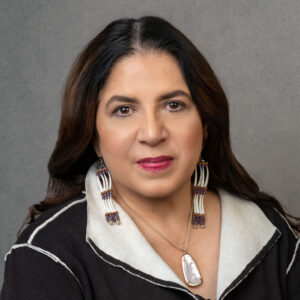
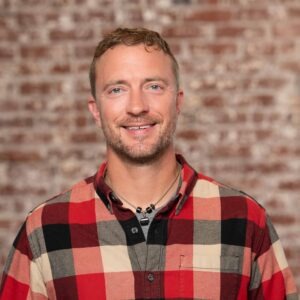
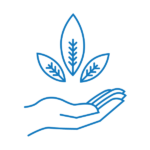
We build and deliver mission-aligned projects in partnership.
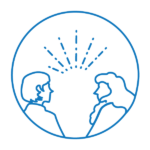
We engage and communicate powerful stories at the intersection of equity, economy, and the environment.
“
—RANDY SETTLER, YAKAMA TRIBAL FISHER
Resources
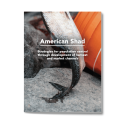
Report
PUBLISHED DATE: 2025 | In 2023, a treaty tribal fisherman from the Mid-Columbia asked Ecotrust to convene a group of leading fisheries and industry experts to examine the challenges caused by growing American shad populations and its impact on the treaty salmon fishery in the Mid-Columbia. Since then, Ecotrust has acted as a convener and organizer for a wide array of parties to explore the issue and potential actions that could be taken by tribal, state, and federal agencies and the fishing industry to help reduce, suppress, or potentially eradicate the species.
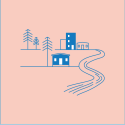

Handout

News
PUBLISHED DATE: FEB. 15, 2022 | Shad is a species of non-native fish that has become increasingly common along the West…

News
PUBLISHED DATE: FEB 5, 2022 | A recent report shows an explosion of growth of a non-native species in the Columbia River. What does that mean for salmon and the cultures built on them?…